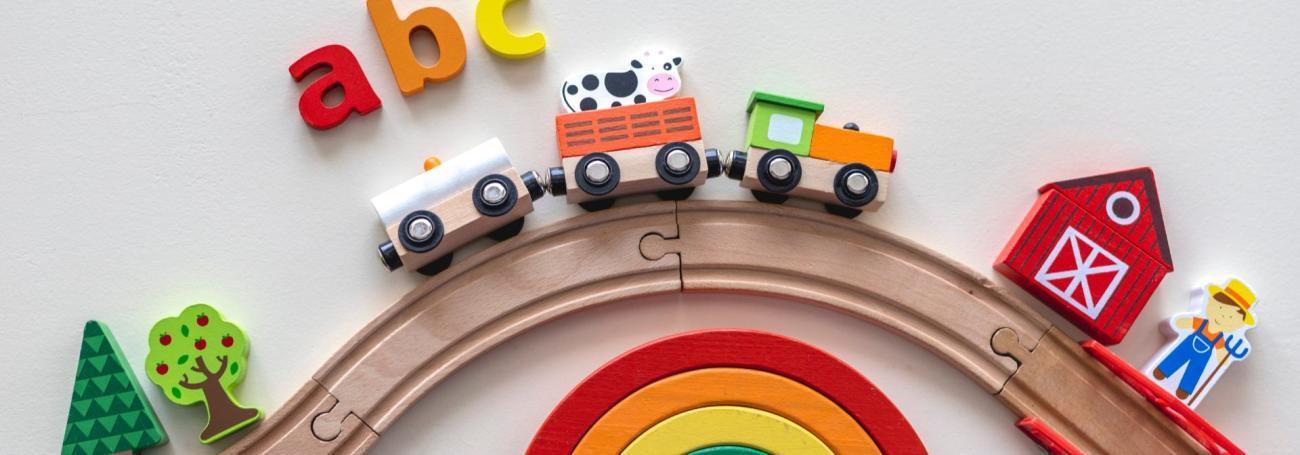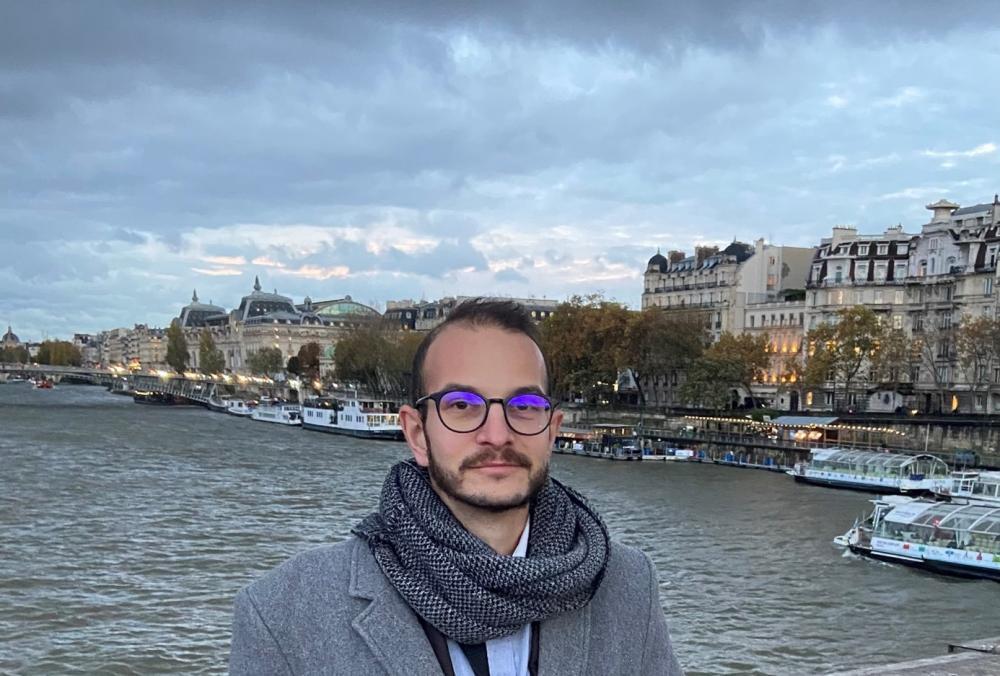
Currently, various innovative intervention procedures are applied with victims of criminal activities (and of course with perpetrators) in different legal systems. While innovations in intervention work with perpetrators are often focused on probation and prison services, other key actors, such as non-governmental organisations, are often involved in working with victims. These procedures are often evidence-based, meaning they are designed and implemented based on verified data and practical experience to achieve the most effective results.
Intervention procedures with victims of criminal activities may involve various forms of support and assistance, including legal aid, psychological counselling, therapy, support in recovery and rehabilitation, as well as various forms of compensation and restitution. These procedures aim to mitigate the harm and trauma suffered by victims and help them recover and rebuild their lives.
An important aspect of innovative intervention procedures is also the collaboration between various actors and organisations, including public institutions, non-profit organisations, healthcare and social services, as well as victims and their families themselves. This collaboration can help ensure that victims receive comprehensive and individually tailored assistance and support that takes into account their specific needs and situation.
Overall, it can be stated that innovative intervention procedures with minor victims of crime are an important tool for improving their situation and ensuring a fairer and more humane legal system.


